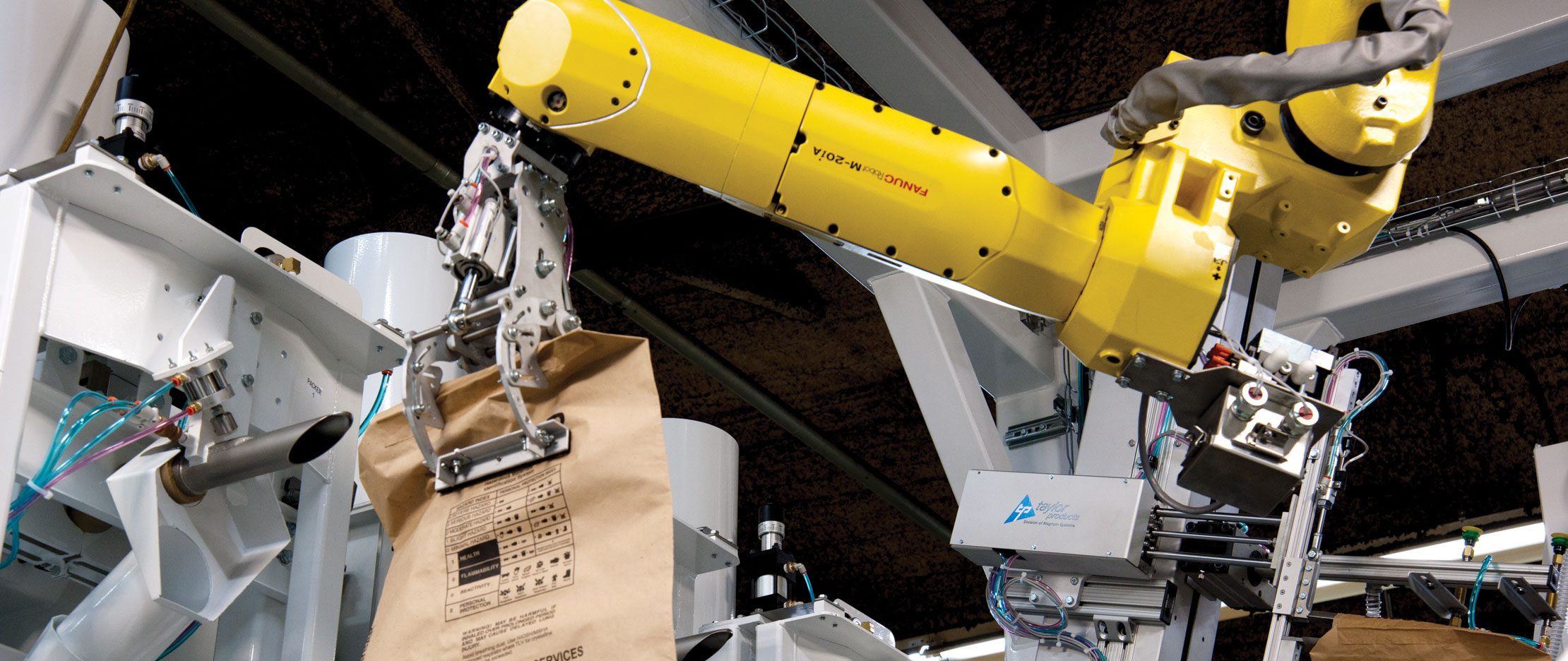
In today's fast-paced manufacturing environment, employee safety remains a top priority for packaging companies. Leveraging integrated systems and automation can greatly improve workplace safety while boosting efficiency. Let's explore how systems integration is transforming safety protocols in packaging processes.
The Role of Integrated Systems in Modern Packaging
Integrated systems combine various technological solutions to create a unified workflow, ensuring smooth communication between different machinery and processes. By implementing systems integration, packaging facilities can minimize the need for manual intervention, which plays an essential role in reducing human error and potential accidents.
The Power of Interconnected Technologies
Integrated systems combine various packaging line components, creating a seamless and coordinated operation. This interconnectedness allows for real-time monitoring and rapid response to potential hazards, enhancing overall safety.
Automation: A Key Player in Safety Enhancement
Automation plays a pivotal role in enhancing safety for your workforce by performing repetitive and potentially hazardous tasks. Automated machinery can handle tasks such as sealing, labeling, and palletizing, significantly reducing the risk of employee injuries associated with these activities.
Ergonomic Improvements Through Automation
Repetitive motions and heavy lifting are common causes of workplace injuries in packaging facilities. Automation addresses these concerns head-on.
Reducing Human Error Through Systems Integration
Systems integration allows for real-time data analysis and monitoring, providing workers valuable insights into the operations. This enhanced visibility can help identify potential safety risks before they lead to incidents.
Enhanced Training and Compliance
Integrated systems improve physical safety and bolster training and compliance efforts.
Data-Driven Safety Improvements
The wealth of data generated by integrated systems provides invaluable insights for continuous safety enhancements.
The Human Element: Empower Employees
While automation is crucial, the human element remains vital in maintaining a safe work environment.
The Future of Employee Safety in Packaging: Embracing Technology
As technology advances, the packaging industry must embrace integrated systems and automation to further improve employee safety. Continued investment in these technologies will protect workers and enhance productivity and operational efficiency. Businesses can create a safe and competitive workplace by prioritizing safety through innovation. As these technologies evolve, they promise to deliver even more significant safety enhancements, ensuring a secure and thriving work environment for packaging professionals.
Magnum Systems podcast series, AIM!
RELATED POSTS
Industrial Robot Safety: Preventing Packaging Line Hazards
Maximizing Plant Efficiency and Safety: Lessons from Ben Adwell’s Journey
Eight Key FAQs About Pneumatic Conveying for Safe and Effective Operations
Related Post
The Role of a Systems Integrator in Transforming the Mining Workforce
Custom Systems Integration: Why One-Size-Fits-All Solutions Fail
Five Ways to Expand Automation Through Controls Migration Without Sacrificing Employee Morale
Predictive Maintenance Part Three: Predicting the Future of Industrial Systems